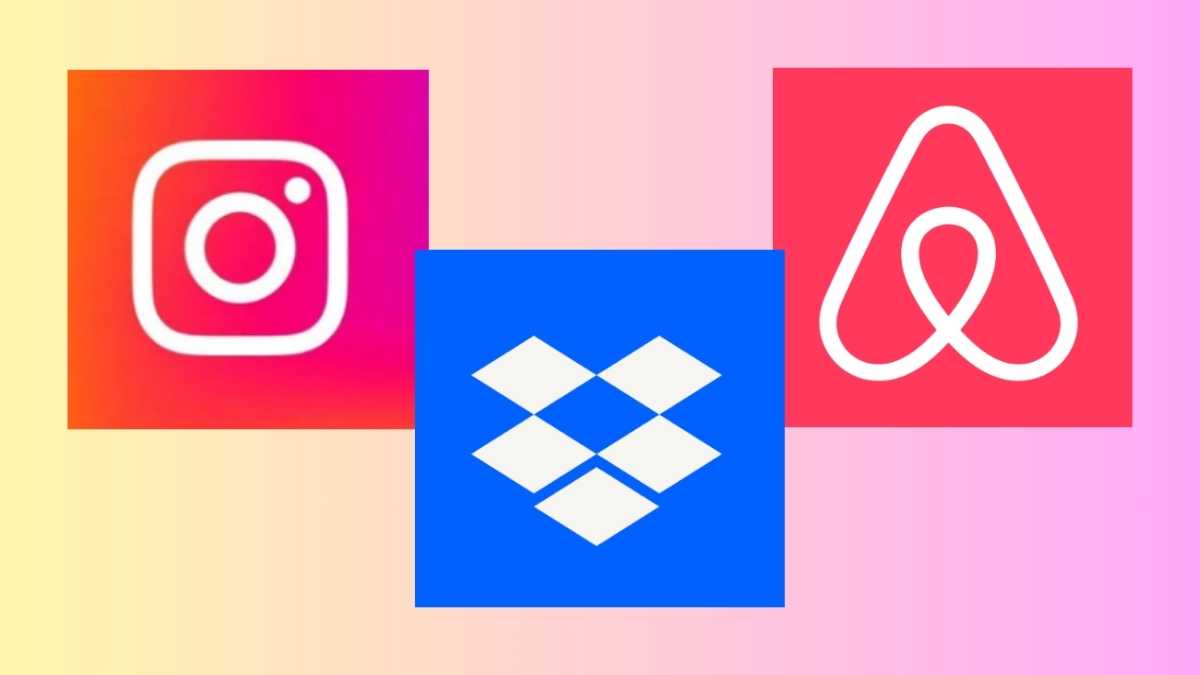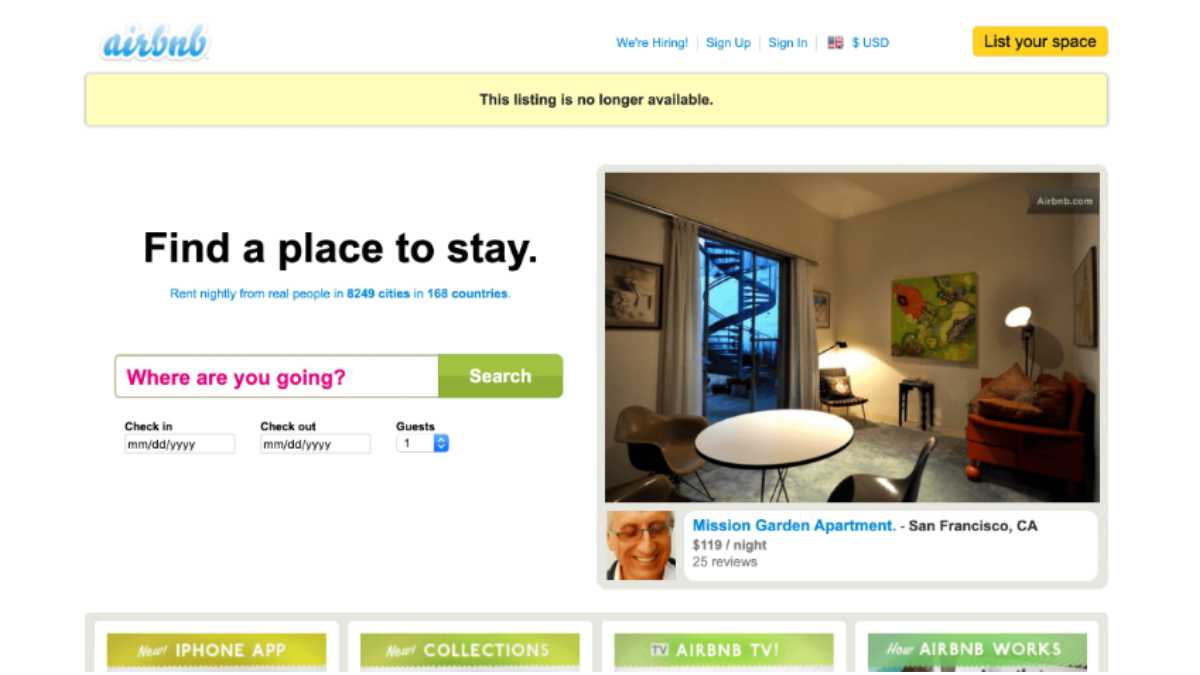In today’s fast-paced world, where mobile apps have become an integral part of our lives, understanding the essence of MVP is crucial. MVP, or Minimum Viable Product, isn’t just a technical jargon; it’s a concept that has transformed how we create mobile applications. Imagine it as the sturdy foundation upon which the skyscrapers of successful apps are built. In this journey, we’ll unravel the mysteries of MVP, exploring its core, understanding why it matters, and learning from the real stories of apps that started small but became global giants.
Understanding MVP in Mobile App Development
What is MVP?
At its core, MVP is the simplest version of your app that addresses a specific problem or fulfills a need. It’s not about overwhelming users with features but offering them a straightforward solution. Think of it as the first draft of a novel – not perfect, but the essential story is there.
Importance of MVP
- Cost-Effectiveness: Building an MVP is like testing the waters without diving in fully. It saves money by allowing you to experiment with your idea without draining your finances.
- Faster Time to Market: Speed is everything in the digital world. MVP lets you launch your idea quickly, ensuring you’re not left behind in the ever-changing market trends.
- Minimizing Risks: By focusing on essential features, you minimize the risk of failure. If the core idea doesn’t work, you won’t lose a fortune.
- Continuous Feedback Loop: MVP sets up a direct line of communication with your users. Their feedback guides your next steps, helping you refine your app iteratively.
- Iterative Development Process: MVP allows your app to grow organically. Based on user feedback, you can add features, enhancing your app over time.
The MVP Development Process
- Idea Generation and Validation: Before investing heavily, test your idea’s viability. MVP lets you see if there’s a market demand for your concept.
- Market Research and Analysis: Understand your audience, market trends, and competitors. This knowledge is vital in shaping your MVP.
- Prototyping and Design: Create a basic version of your app to visualize your idea. It’s like sketching the blueprint of a house before construction.
- Development and Testing: Build your MVP with essential features and rigorously test it. This phase ensures your app works smoothly and provides a good user experience.
- Launch and Feedback Collection: Release your MVP to real users. Their responses are gold. They tell you what works, what doesn’t, and what they want. Use this feedback for future improvements.
Real-Life Examples of Apps that Started with MVP

Instagram: The Power of Simple Visual Sharing
In the early 2010s, social media was already a bustling landscape. Instagram’s founders, Kevin Systrom and Mike Krieger, identified a niche: mobile photography. Their MVP was brilliantly straightforward – a mobile app that allowed users to share photos with filters.
The key was simplicity and a focus on what people enjoyed: capturing and sharing moments visually. This basic version allowed them to test the concept’s appeal. Users loved it. As a result, Instagram gradually introduced features like comments, likes, and hashtags based on user engagement data. By understanding their users through the MVP, Instagram transformed from a tiny startup to one of the most influential social media platforms globally.
Key Takeaway: Focus on a specific user need and deliver a basic solution. As your user base grows, expand your features strategically based on their behavior and feedback.

Dropbox: Mastering Seamless File Sharing
In 2007, Drew Houston and Arash Ferdowsi founded Dropbox, aiming to simplify file sharing and storage. Their MVP was elemental: a file hosting service with a user-friendly interface. Dropbox allowed users to store files in the cloud and synchronize them across devices.
Its simplicity and ease of use made it an instant hit, especially among professionals and businesses. As users embraced the concept, Dropbox evolved, adding collaboration tools, team features, and integrations with various applications. By focusing on the core problem and gradually enhancing their offering, Dropbox became a household name in cloud storage and file sharing.
Key Takeaway: Solve a universal problem with a basic, intuitive solution. As your user base grows, enhance your product to cater to diverse user needs, ensuring seamless integration with existing workflows.
Airbnb: Building Trust in Peer-to-Peer Accommodation
Airbnb, founded by Brian Chesky, Nathan Blecharczyk, and Joe Gebbia in 2008, introduced a revolutionary concept: enabling people to rent out their spare rooms or properties to travelers. The MVP was elemental, connecting travelers with hosts. By providing a platform for these interactions, Airbnb catered to a growing demand for unique, affordable accommodations.
Initially, the focus was on building trust between hosts and guests. The platform introduced features like host reviews and secure payment options, all based on user feedback. Airbnb’s MVP allowed them to test the market, validate their idea, and build a user community. Today, it’s a global travel phenomenon.
Key Takeaway: Address a genuine need and build trust within your community. Use MVP to validate your idea and foster user trust by incorporating feedback-driven features that enhance user experience and security.

By understanding these real-life examples, you can grasp how MVP isn’t just a concept but a strategic approach that empowers startups and businesses. It’s about starting small, focusing on user needs, and allowing your product to grow organically based on real user interactions and feedback. This approach not only reduces risks but also ensures that your app aligns closely with what your users truly want, setting the stage for long-term success in the competitive world of mobile applications.
The Need for MVP in Mobile App Development: Why It Matters
Validating the Idea: Ensuring Market Relevance
- Real-World Testing: MVP allows your concept to face real-world scrutiny, ensuring it resonates with the target audience.
- Iterative Feedback: Feedback from MVP users helps you refine your idea iteratively, making necessary adjustments based on user response.
- Preventing Investment Risks: Avoiding extensive investment in an untested idea safeguards your resources, ensuring you don’t pour money into an unviable concept.
Saving Time and Resources: Efficient Development, Effective Results
- Streamlined Development: Focusing on essential features speeds up the development process, ensuring your product reaches the market faster.
- Cost-Effectiveness: By avoiding unnecessary features, you conserve financial resources, ensuring a more efficient allocation of budget.
- Avoiding Over-Engineering: MVP prevents over-complication, allowing you to concentrate on what truly matters, preventing unnecessary complexity.
Adapting to User Needs: Embracing User Feedback for Growth
- Direct User Engagement: MVP establishes a direct feedback loop with users, creating a channel for constant communication.
- User-Centric Evolution: User suggestions and pain points guide the evolution of your app, making it more user-friendly and appealing.
- Enhancing User Experience: Iterative improvements based on feedback ensure your app aligns closely with user expectations, enhancing overall user satisfaction.
Attracting Investors: Demonstrating Potential for Growth
- Tangible Proof of Concept: A functional MVP showcases the practicality of your idea, giving investors a tangible proof of its potential.
- Building Investor Confidence: Investors are more inclined to support ventures with a validated MVP, demonstrating the idea’s viability in the market.
- Encouraging Investment: The confidence instilled by a successful MVP attracts investment, providing essential funding for further development and growth.
Gaining Competitive Advantage: Swift Market Entry, Strategic Growth
- Early Market Entry: MVP allows you to enter the market swiftly, capturing early adopters and establishing a presence before competitors.
- Staying Ahead: Continuous feedback-driven improvements ensure your app stays ahead of the competition, shaping industry trends and setting higher standards.
- Building Brand Loyalty: Being the first in the market and maintaining a high-quality user experience fosters brand loyalty, ensuring long-term customer relationships.
Conclusion: Shaping the Future with MVP
In a world where innovation is the currency of success, MVP is your secret weapon. It’s not just a development strategy; it’s a mindset. By embracing MVP, you embrace adaptability, user-centricity, and the spirit of constant improvement. The stories of Instagram, Dropbox, and Airbnb teach us that even the mightiest oaks start as tiny acorns. So, whether you’re a startup dreaming big or an established business aiming higher, remember: your journey begins with that Minimum Viable Product. It’s not just an app; it’s your ticket to the future of mobile technology. Start small, dream big, and let your MVP pave the way to greatness.







